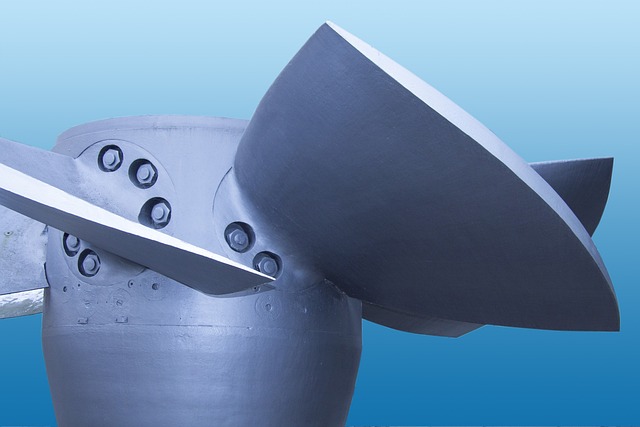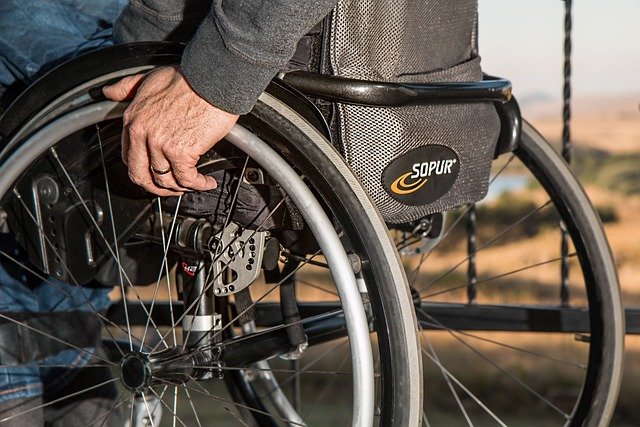14-Foot Fishing Boat: Practical Guide to Features, Use, and Maintenance
A 14-foot fishing boat represents an ideal balance between portability and functionality for recreational anglers. These compact vessels offer sufficient space for fishing activities while remaining manageable for solo operators and small groups. Understanding the various specifications, features, and maintenance requirements helps ensure you select and care for a boat that meets your specific fishing needs and local water conditions.

Key Specifications and Hull Types
The hull design of a 14-foot fishing boat significantly impacts its performance and suitability for different water conditions. Aluminum hulls dominate this size category due to their lightweight construction, corrosion resistance, and durability. Deep-V hulls provide better performance in choppy waters and offer smoother rides, while modified-V and flat-bottom designs excel in shallow waters and provide greater stability when stationary.
Typical beam widths range from 54 to 72 inches, affecting both stability and interior space. Weight capacity generally falls between 900 and 1,400 pounds, including passengers, gear, and fuel. Draft measurements typically range from 8 to 14 inches, determining the minimum water depth required for safe operation.
Engine, Propulsion and Performance Options
Outboard motors remain the most popular propulsion choice for 14-foot fishing boats due to their reliability, serviceability, and space efficiency. Engine recommendations typically range from 25 to 60 horsepower, depending on hull design and intended use. Smaller engines around 25-40 HP work well for trolling and calm water fishing, while larger engines up to 60 HP enable better performance in rougher conditions and faster travel between fishing spots.
Two-stroke engines offer lighter weight and higher power-to-weight ratios, while four-stroke engines provide better fuel efficiency and quieter operation. Electric trolling motors serve as valuable secondary propulsion for precise positioning and quiet approach to fishing areas.
Onboard Angling Features and Storage
Storage solutions in 14-foot boats must maximize limited space while maintaining accessibility. Built-in tackle storage compartments, rod holders, and livewells enhance fishing efficiency. Many models feature removable seats that double as tackle boxes or coolers. Casting decks, when present, provide stable platforms for standing while fishing.
Livewell systems typically range from 6 to 20 gallons, with aeration pumps to maintain fish health. Rod storage options include gunwale-mounted holders, console compartments, and overhead racks. Some models incorporate fish boxes with drainage systems for keeping catches fresh.
Safety, Capacity and Regulatory Considerations
Capacity plates indicate maximum weight limits and recommended horsepower ranges established by manufacturers and regulatory agencies. These limits must never be exceeded for safe operation. Personal flotation devices are required for each occupant, with additional safety equipment including fire extinguishers, sound signals, and navigation lights depending on local regulations.
Stability considerations become critical in smaller boats, requiring proper weight distribution and awareness of weather conditions. Most 14-foot boats accommodate 2-4 people comfortably, though capacity varies based on individual weight and gear requirements.
| Boat Model | Manufacturer | Hull Type | Engine Capacity | Price Range |
|---|---|---|---|---|
| 1448 Jon Boat | Tracker Marine | Flat Bottom | 25 HP | $3,000-$5,000 |
| Guide V14 | Lowe Boats | Modified V | 40 HP | $8,000-$12,000 |
| 1448 MV Tiller | Alumacraft | Modified V | 30 HP | $6,000-$9,000 |
| SuperHawk 14 | SeaArk | Deep V | 60 HP | $10,000-$15,000 |
| Angler 14 | Smoker Craft | Deep V | 50 HP | $12,000-$18,000 |
Prices, rates, or cost estimates mentioned in this article are based on the latest available information but may change over time. Independent research is advised before making financial decisions.
Maintenance, Trailerization and Seasonal Care
Regular maintenance extends boat life and ensures reliable performance. Aluminum hulls require periodic cleaning to prevent oxidation and maintain appearance. Engine maintenance follows manufacturer schedules, typically including oil changes, spark plug replacement, and lower unit service.
Trailer maintenance includes bearing inspection, tire pressure monitoring, and lighting system checks. Proper loading techniques distribute weight evenly and secure the boat during transport. Trailer tongue weight should represent 10-15% of total loaded weight.
Seasonal care varies by climate and storage conditions. Winterization procedures include engine fogging, fuel stabilization, and battery removal in freezing climates. Summer storage requires covering to protect from UV damage and regular ventilation to prevent moisture accumulation. Hull inspection for damage, corrosion, or wear should occur at least twice yearly.
Proper storage positioning prevents hull distortion, particularly important for aluminum boats. Support points should distribute weight evenly across the hull structure rather than concentrating loads at specific points.




